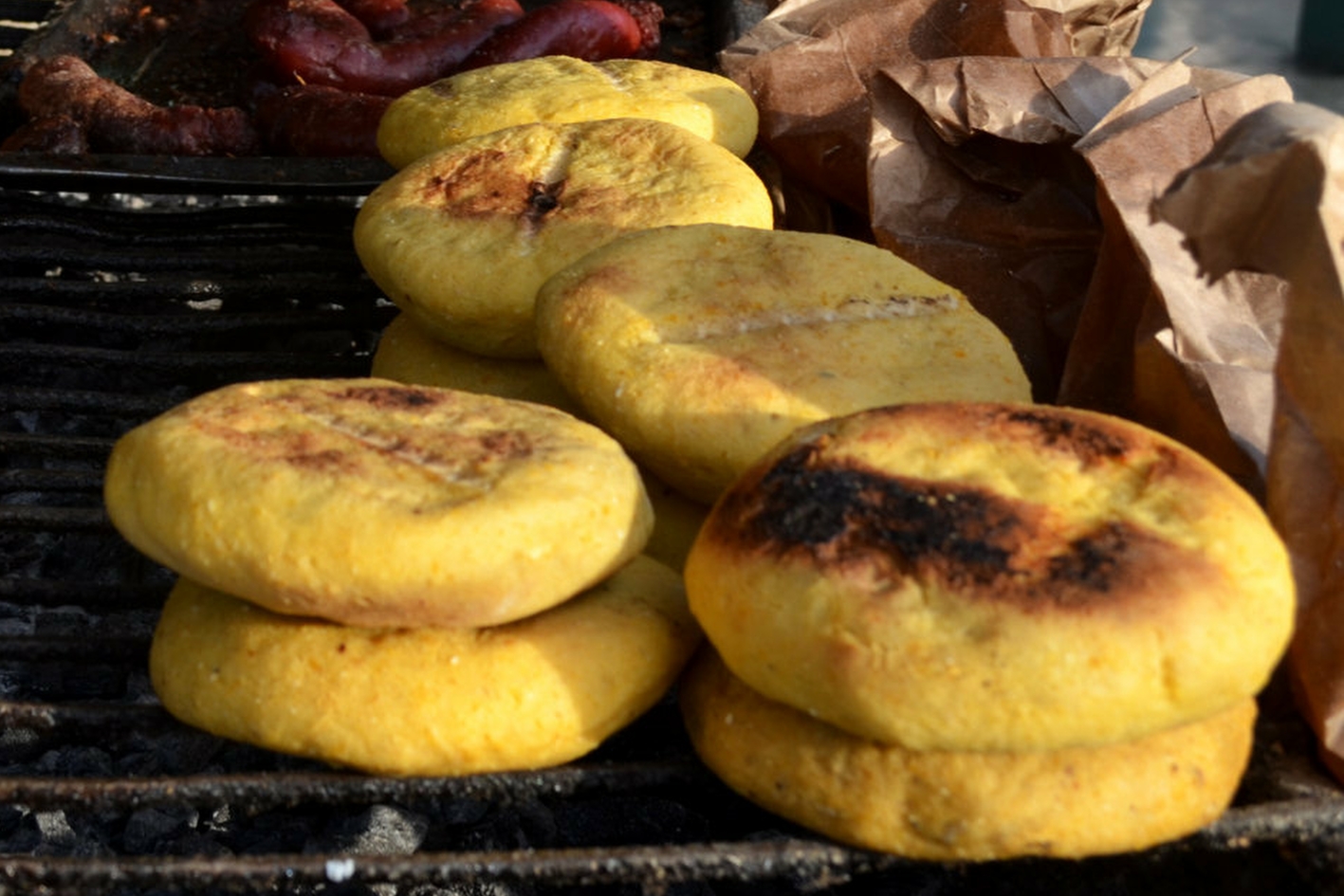
Spirit of Latin America captured perfectly
" Today, the arepa enjoys growing international fame. From London markets to New York food trucks, this humble corn cake has found new admirers who appreciate its flavour, texture, and cultural story "
Few foods capture the spirit of Latin America quite like the arepa. Golden, round, and satisfyingly simple, this versatile corn cake has been a staple for centuries in both Venezuela and Colombia, where it holds deep cultural significance.
Though each country claims ownership, both celebrate it with pride and for good reason. As do northern parts of South America including Bolivia, Ecuador and Central America. Utensils used to make the flour and the clay slabs on which the arepas were cooked have been found at archaeological sites in the region.
Essentially an arepa is made from maize dough or pre-cooked cornmeal, water, and a pinch of salt. The unleavened dough is shaped into small discs. Then grilled, baked, or fried until crisp on the outside and soft within. Its mild, slightly nutty flavour makes it the perfect base for countless fillings. Sweet fried arepas are prepared with sugarloaf and anise.
The origins of the arepa stretch back to pre-Columbian times, when indigenous peoples of northern South America ground maize to create simple flatbreads. The word arepa is thought to derive from the Cumanagoto term erepa, meaning “corn”. Over generations, it evolved into the beloved dish known today. An everyday comfort food across regions and social classes alike.
In Venezuela, you might find it stuffed with shredded beef, black beans, and cheese. The classic reina pepiada combines avocado, chicken, and mayonnaise. In Colombia, arepas are often served plain or with melted cheese. A comforting companion to breakfast or supper.
One of the arepa’s greatest charms is its adaptability. Modern cooks experiment freely, incorporating ingredients such as chia seeds, oats, or sweetcorn into the dough. There are even versions made with cassava or plantain for those avoiding gluten. Street vendors serve them hot and fresh. Trendy cafés upgrade them with gourmet fillings.
Beyond its culinary appeal, the arepa is a symbol of identity and togetherness. Families gather to make them on Sunday mornings. Dough is pressed and shaped whilst sharing stories. For many Venezuelans living abroad, the aroma of freshly toasted arepas is a nostalgic link to home.
Today, the arepa enjoys growing international fame. From London markets to New York food trucks, this humble corn cake has found new admirers who appreciate its flavour, texture, and cultural story.
Whether enjoyed plain with butter or bursting with fillings, the arepa remains what it has always been. A warm, golden reminder that the simplest foods often bring the greatest joy. There’s even a Columbian Arepa Festival which cities takes turns to organise between August and December.
Prepared by a Chaîne News Online Staff Writer
Researched from various sources. E&OE